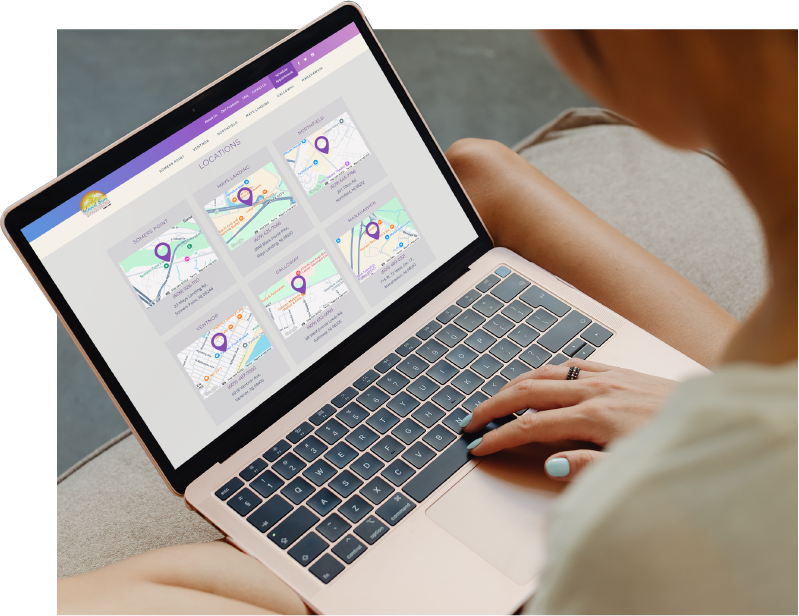Integration for Limitless
Functionality
API Integration involves connecting a platform or application to external services via APIs (Application Programming Interfaces) to extend functionality, streamline processes, and enhance the user experience. Instead of building everything from scratch, businesses can use APIs to access external tools, data, and services, like payment processors, social media networks, geolocation services, and more. This enables more efficient, reliable applications with advanced capabilities.


Key Aspects
Real-Time Data
and Automation
APIs offer a streamlined way to pull real-time data directly from external sources into your application. From financial data to live weather updates, APIs automate data retrieval, keeping your information accurate and your app efficient.

Enhanced Functionality
Without Extra Development
APIs allow you to add complex features - like payment gateways, maps, or social media logins - without creating them from scratch. This saves both time and resources while giving your application access to powerful features that are continually updated by the API provider.


Improved User
Experience
With APIs, your application can provide users with seamless, connected experiences. For example, users can log in with social media accounts, view embedded maps, or complete secure transactions without ever leaving the application.

Scalability and
Flexibility
By integrating with third-party APIs, applications can easily scale as needs grow. Whether you’re adding new payment methods, expanding to different countries, or adding new tools, API integrations make it easy to adapt without overhauling your system.
Cost Efficiency
Leveraging external APIs reduces the need to develop, maintain, and update these complex features yourself, cutting costs and allowing our development team to focus on core application needs.

WordPress Website Benefits
API architecture is usually explained in terms of client and server. The application sending the request is called the client, and the application sending the response is called the server. So in the weather example, the bureau’s weather database is the server, and the mobile app is the client.
SOAP APIs
These APIs use Simple Object Access Protocol. Client and server exchange messages using XML. This is a less flexible API that was more popular in the past.
RPC APIs
These APIs are called Remote Procedure Calls. The client completes a function (or procedure) on the server, and the server sends the output back to the client.
Websocket APIs
Websocket API is another modern web API development that uses JSON objects to pass data. A WebSocket API supports two-way communication between client apps and the server. The server can send callback messages to connected clients, making it more efficient than REST API.
REST APIs
These are the most popular and flexible APIs found on the web today. The client sends requests to the server as data. The server uses this client input to start internal functions and returns output data back to the client. Let’s look at REST APIs in more detail below.
APIs Endpoint?
API endpoints are the final touchpoints in the API communication system. These include server URLs, services, and other specific digital locations from where information is sent and received between systems.
API endpoints are critical to enterprises for two main reasons:
Security
API endpoints make the system vulnerable to attack. API monitoring is crucial for preventing misuse.
Performance
API endpoints, especially high traffic ones, can cause bottlenecks and affect system performance.

Fuel Your Platform with
Powerful API Connections
At Yanbo Solutions, we specialize in implementing API integrations that align with your business goals. API Integration is all about harnessing the best of what technology has to offer without overloading your team.
At Yanbo Solutions, we make sure your platform delivers a rich, interactive experience that meets user expectations and adapts easily to future growth.



